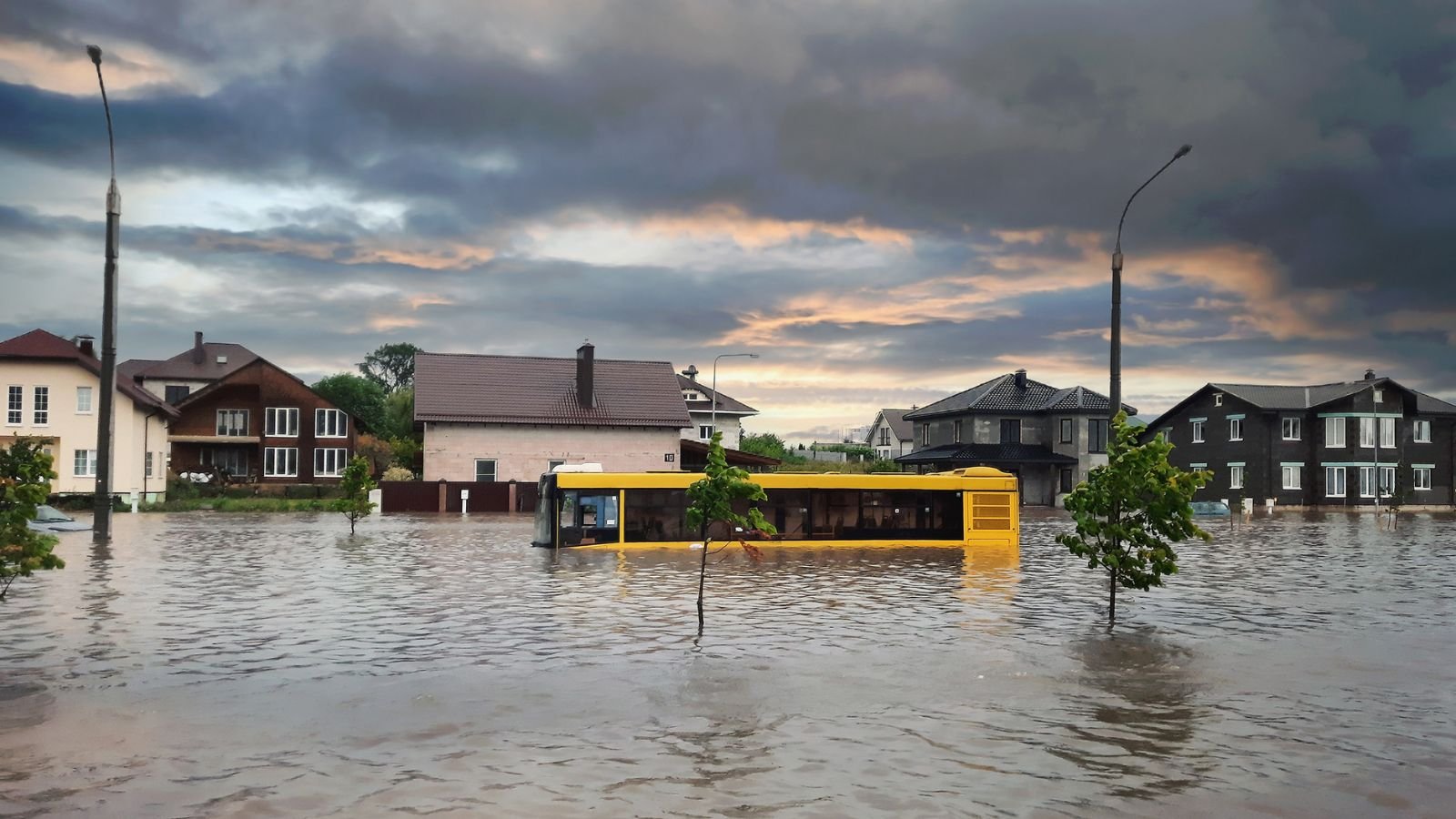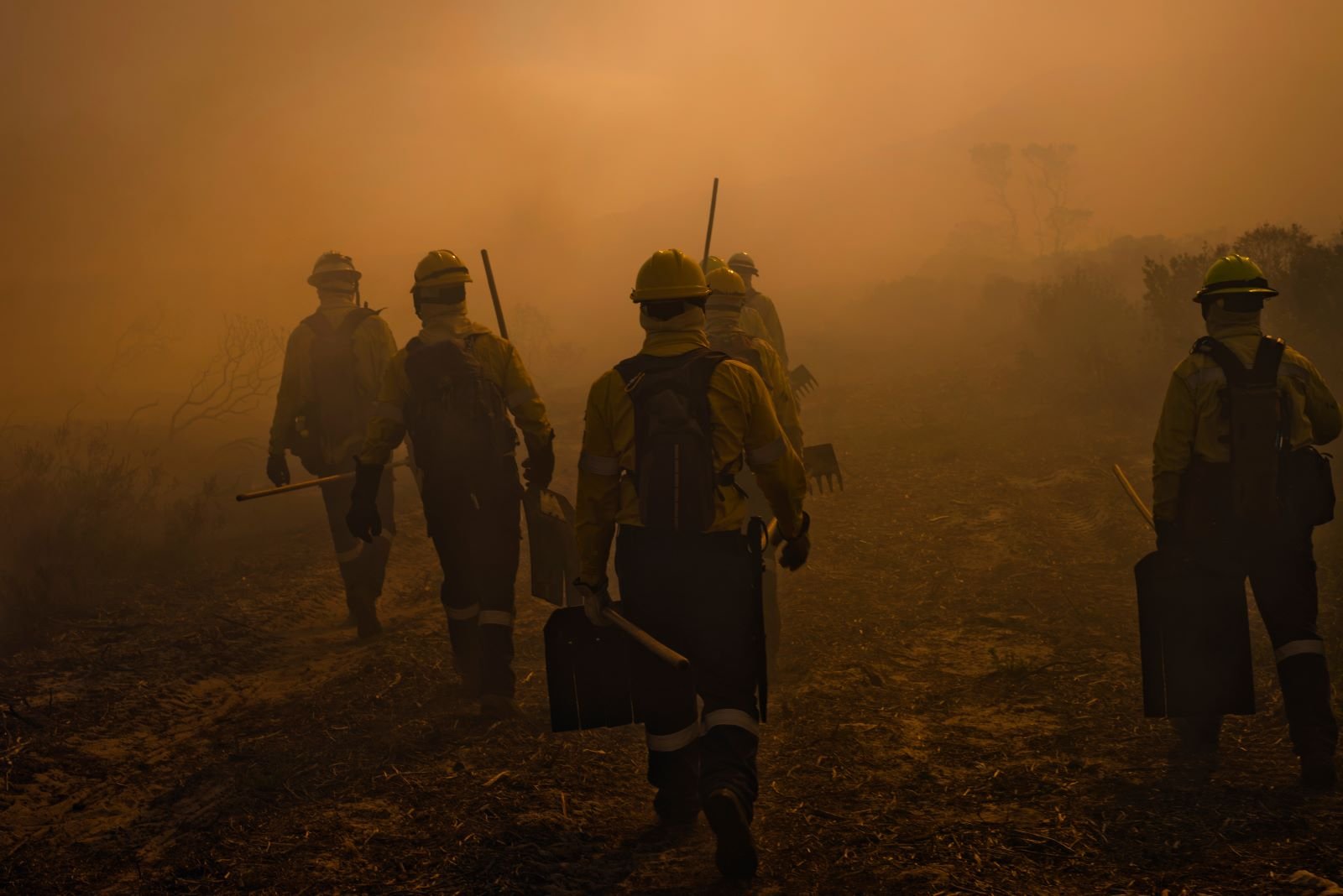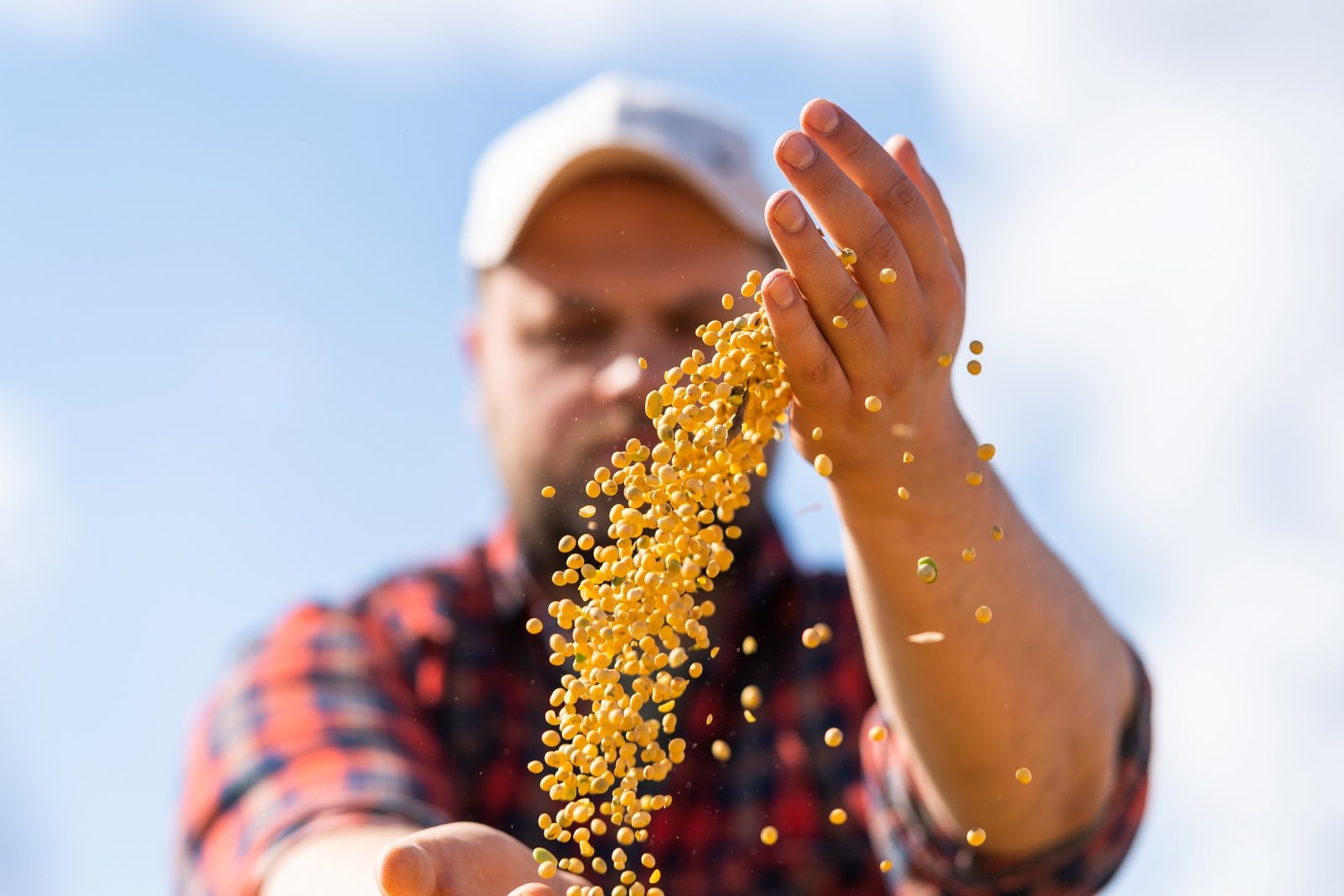The World Economic Forum (WEF) released the 19th edition of its Global Risks Report. Around 1,500 global experts from academia, government, business, the international community, and civil society evaluated the most perceived risks to economies and societies in the next decade. Let’s look at these top 10 risks spread across environmental, geopolitical, societal, technological, and economic spheres.
Extreme Weather Events

Wildfires, floods, heat waves, and other land-based, water-based, atmosphere-based, and temperature-based catastrophic weather events are increasingly detrimental to our planet. Climate change is also responsible for triggering weather changes. These events are causing loss of human life, damage to ecosystems, destruction of property, and financial loss.
Critical Change To Earth Systems

The current course of global warming will likely result in at least one ‘climate tipping point’. This point refers to the threshold at which critical planetary and human welfare systems will witness potentially irreparable and self-perpetuating changes that will last long-term. Two examples of such critical changes are the rise in the sea level from collapsing ice sheets and the disruption of ocean currents.
Biodiversity Loss And Ecosystem Collapse

A few species from terrestrial and marine ecosystems risk extinction or reduction. This risk will likely destroy natural assets, further impeding environmental, human, and economic activities. So, there is a direct link between biodiversity loss and ecosystem collapse.
Natural Resource Shortages

The critical natural resources, such as food and water, are on the verge of depletion as humans continue to overexploit and mismanage these resources. According to the Food and Agriculture Organization (FAO), food production needs to rise in massive numbers to feed a projected world population of 9.1 billion by 2050. Only 1% of freshwater is easily accessible; the rest is trapped in glaciers and snowfields. Climate change events such as drought, desertification, and a lack of suitable infrastructure further worsen the shortage. This situation is manifesting as food and water insecurity globally.
Misinformation and Disinformation

A survey found that Americans’ trust in social and news media has declined in the past year. Social media networks spread persistent false information, causing public distrust of facts and authority. A few common examples of misinformation and disinformation are false, fabricated, imposter, and manipulated content.
Adverse Outcomes Of AI Technologies

A PwC report states that Artificial Intelligence (AI) will contribute $15.7 trillion to the global economy by 2030 through 300 use cases. While AI is increasingly becoming integral to daily lives, industry leaders have warned that it might pose an existential threat to humanity in the future. They have urged to consider it as a societal risk on par with nuclear wars and pandemics. The WEF acknowledges this risk and states in its report that AI and related technological capabilities can have intended or unintended negative consequences on people, businesses, ecosystems, and economies.
Involuntary Migration

Involuntary or forced migration or displacement causes people to migrate across or within borders. According to European Civil Protection and Humanitarian Aid Operations, 110 million people were displaced worldwide by the end of June 2023 and the number will reach 130 million in 2024. Involuntary migration puts pressure on the communities and resources of host countries. A few key drivers of involuntary migration are:
- Persistent discrimination and persecution
- Lack of economic advancement opportunities
- Humanmade and natural disasters
- Extreme weather events
- Internal or interstate conflict
Cyber Insecurity

Over 353 million people fell victim to data breaches in 2023 alone, and the total cost of damages due to cybercrime is expected to reach $10.5 trillion by 2025. Cyber attackers use cyber weapons and tools such as ransomware, theft, or data fraud to conduct cyber warfare, espionage, and cybercrime. The soaring cases of cyber insecurity to get digital control or cause operational disruption are some of the significant risks in the coming years.
Societal Polarization

Societal polarization occurs due to ideological and cultural conflicts in the communities. It leads to the undesirable segregation of people into different groups and disrupts social stability. This risk causes gridlock in decision-making, unsettles economic balance, and increases political polarization.
Pollution

Household and industrial activities, accidents, oil spills, and radioactive contamination are common sources of air, water, and soil pollution worldwide. Air pollution kills seven million people worldwide annually. In 2022, at least 1.7 billion people accessed drinking water sources contaminated with feces. Up to 40% of the world’s land is degraded. These statistics present a worrisome future for the world. Pollution can cause the loss of human life, financial loss, and ecosystem damage.
